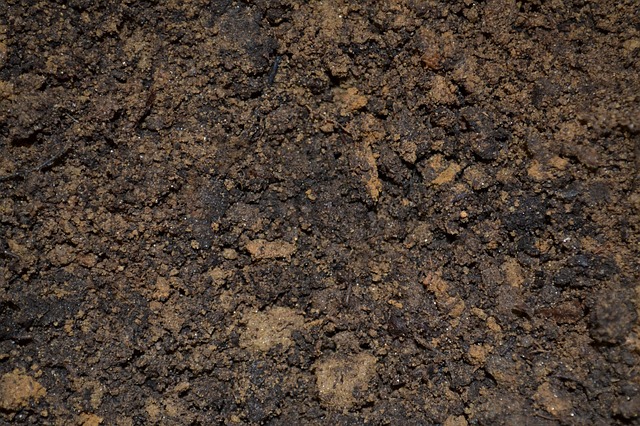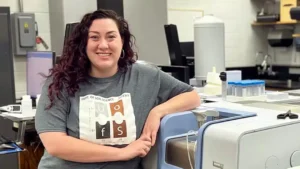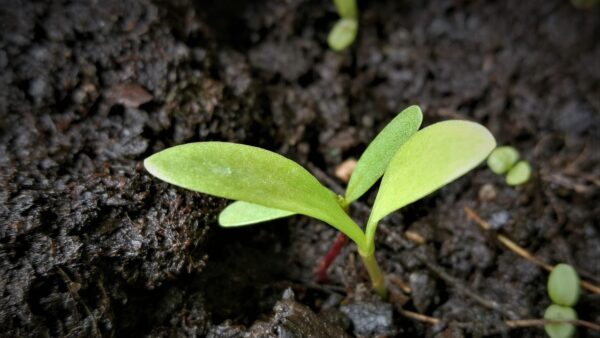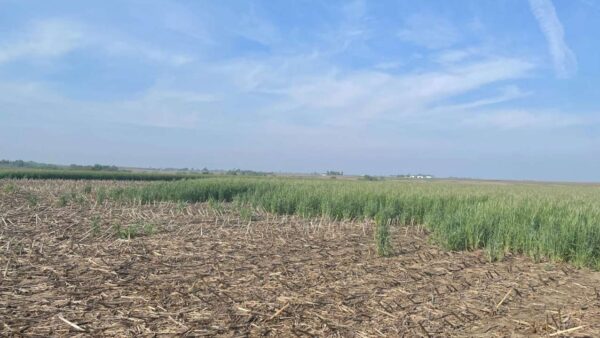Cornell University engineers have taken a step in understanding how iron in the soil may unlock naturally occurring phosphorus bound in organic matter, which can be used in fertilizer, so that one day farmers may be able to reduce the amount of artificial fertilizers applied to fields.
“This component of the phosphorus cycling process has been largely neglected,” said senior author Ludmilla Aristilde, associate professor in biological and environmental engineering, “but now we’re figuring out phosphorus recycling mechanisms by soil minerals that could benefit the environment.”
“Phosphorus is a finite resource, but in agriculture we often apply it – and over-apply it – together with nitrogen on crops to amend soil health and boost crop growth,” said co-author Annaleise Klein, a postdoctoral researcher in Aristilde’s lab. “If we could understand the molecular mechanisms of these natural processes in the soil, and how those processes may be used by plants and bacteria, we can help the environment and thwart runoff from farms into streams and lakes – and possibly prevent algae blooms in nearby waters.”
For farmers growing crops, phosphate fertilizer – derived from mining inorganic phosphate rock – is a dwindling resource. Once depleted, it is gone.
“The big picture is that phosphorus is a limited nutrient in the environment,” said Klein. “Instead of mining rock phosphate for a farmer’s fields – or a homeowner’s lawn – now we can exploit the natural soil mechanism of phosphate release from organics and decrease our reliance on mined phosphorus.”
Said Aristilde: “We are unraveling phosphorus cycling pathways that we didn’t know about before. We don’t want to keep adding more phosphorus. … The less we mess with nature, the better.”
Source: Cornell University












